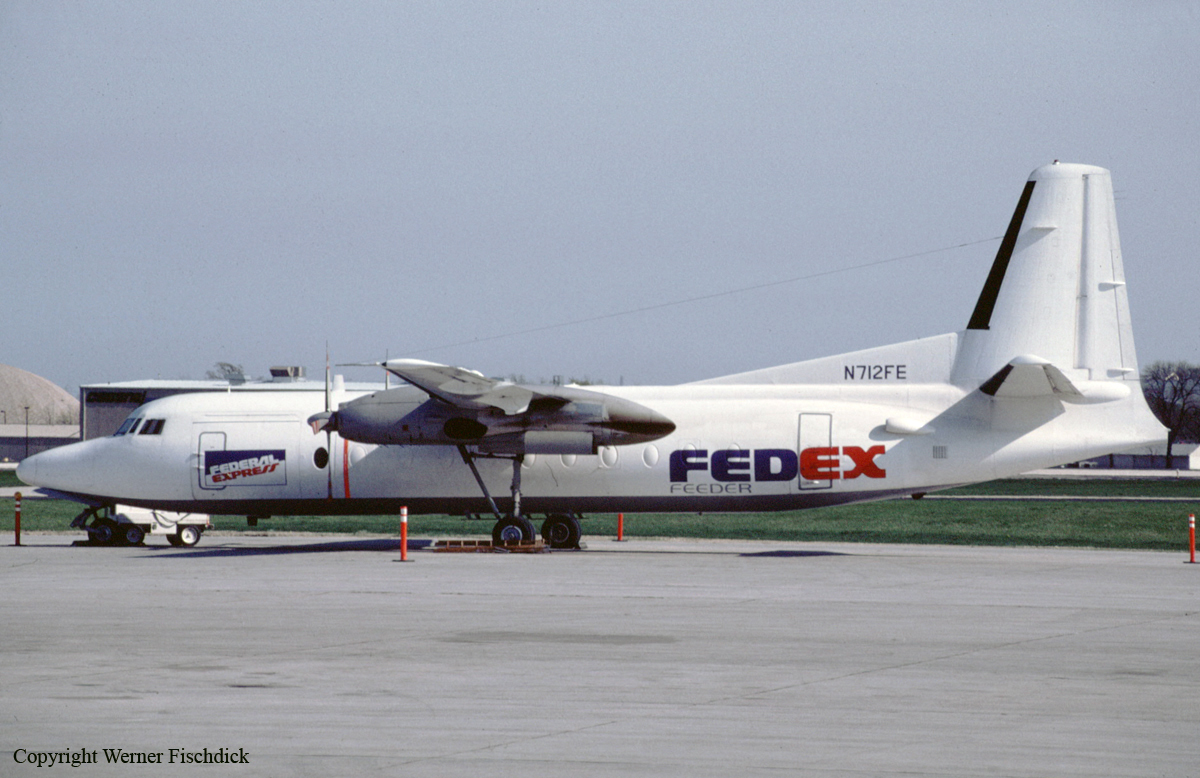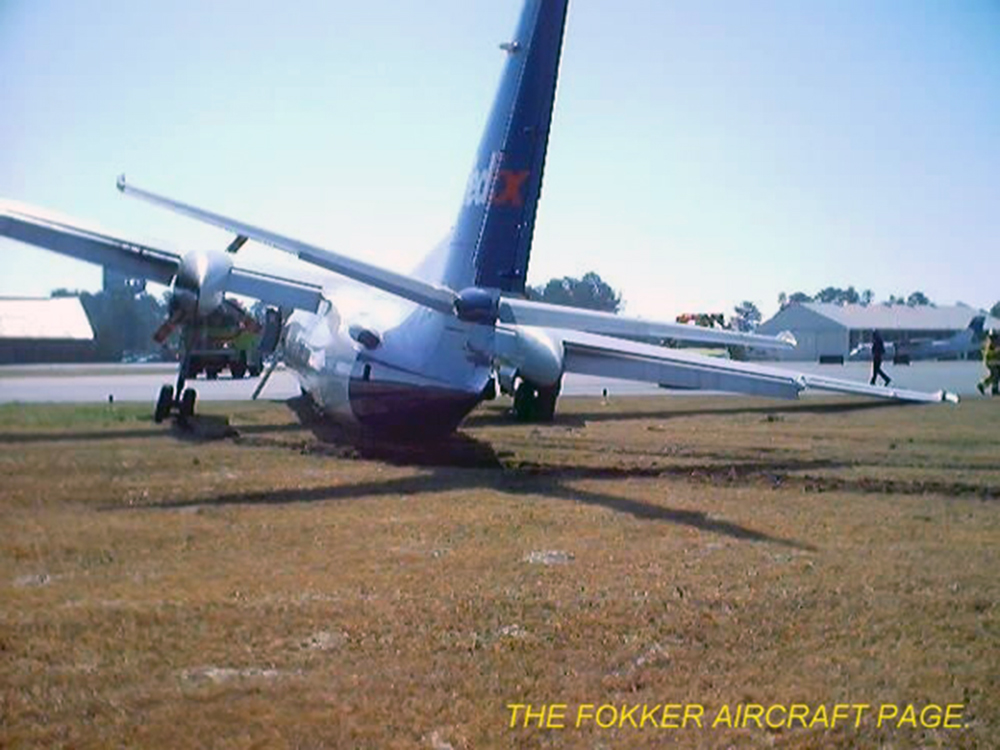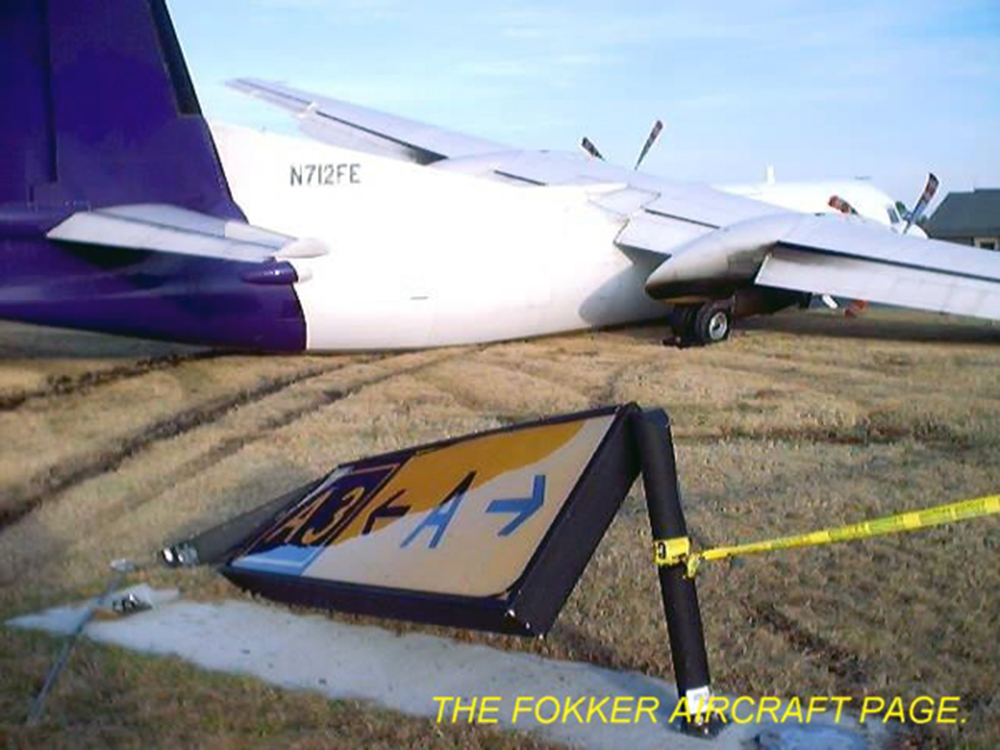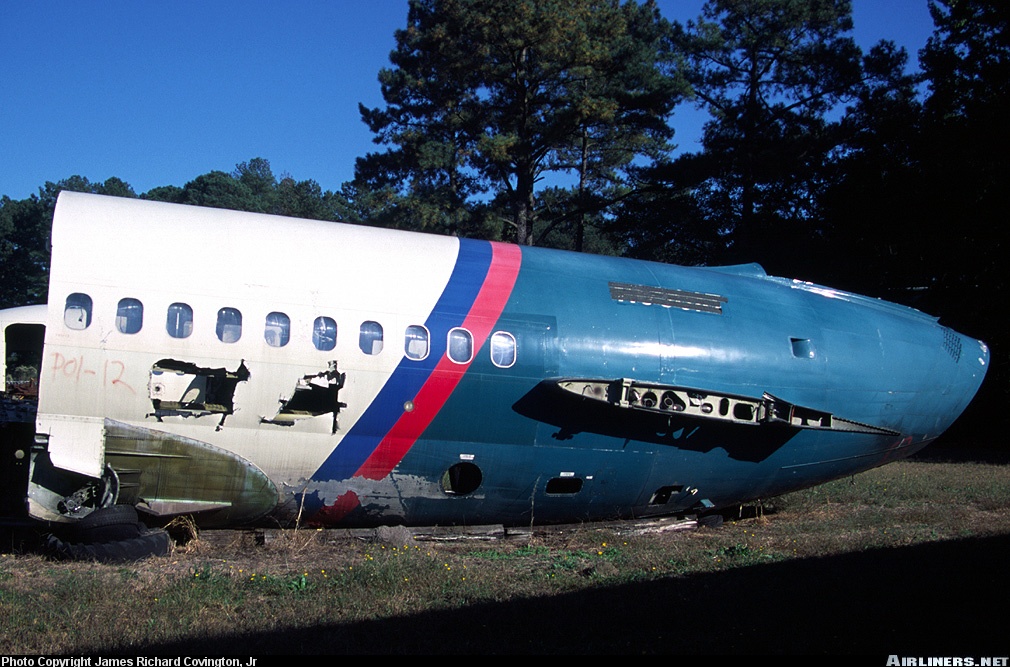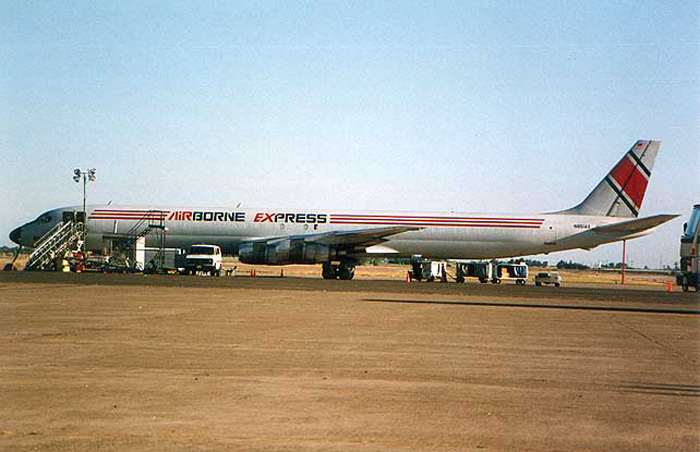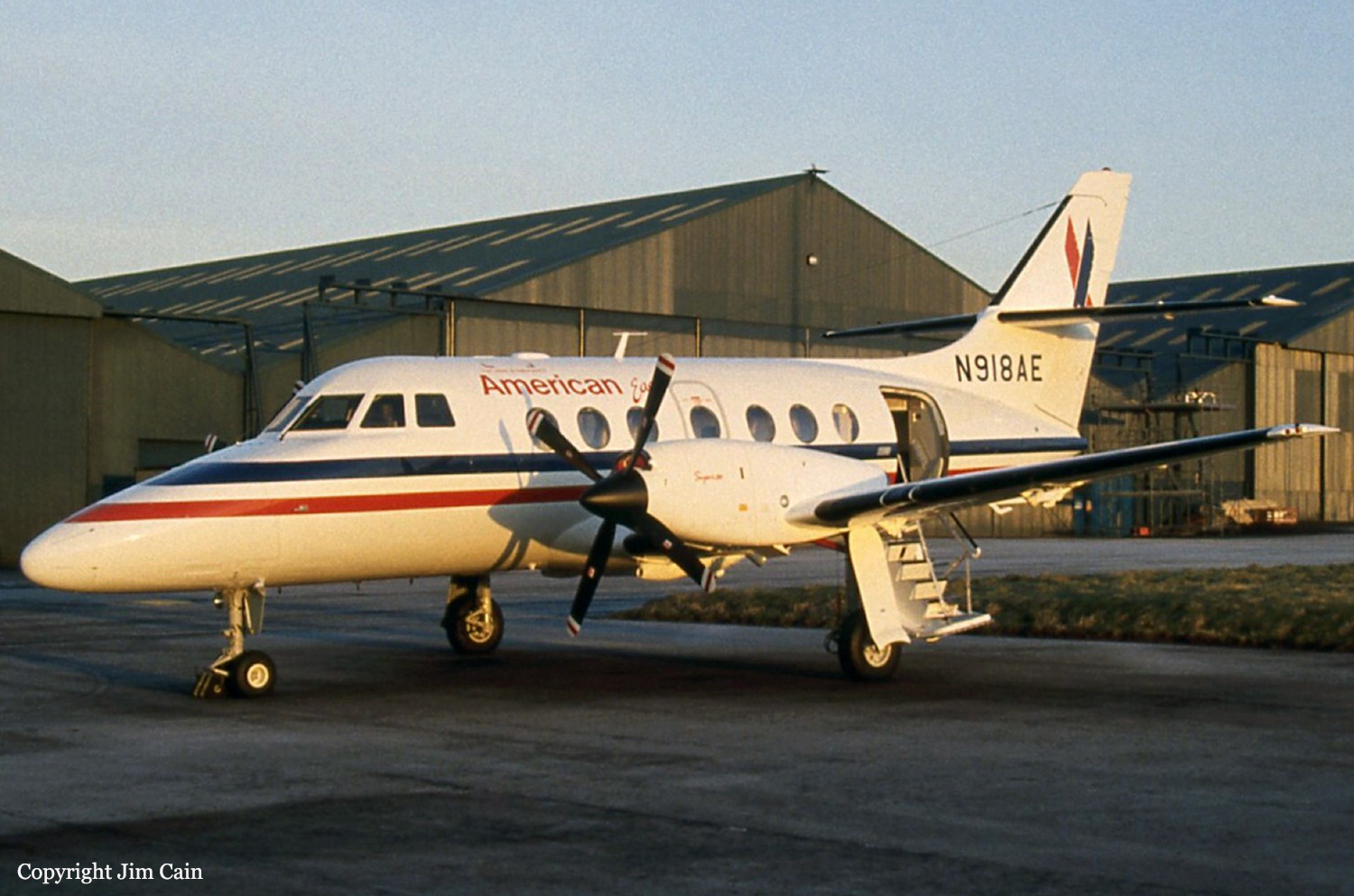Crash of a Short 330-200 in Myrtle Beach
Date & Time:
May 18, 2006 at 0745 LT
Registration:
N937MA
Survivors:
Yes
Schedule:
Greensboro – Myrtle Beach
MSN:
3040
YOM:
1980
Flight number:
SNC1340
Crew on board:
2
Crew fatalities:
Pax on board:
0
Pax fatalities:
Other fatalities:
Total fatalities:
0
Aircraft flight hours:
21095
Circumstances:
Following an uneventful cargo flight from Greensboro, NC, the aircraft made a wheels-up landing on runway 18 at Myrtle Beach Airport, SC. The aircraft slid on its belly for few dozen metres before coming to rest on the main runway. Both pilots escaped uninjured while the aircraft was damaged beyond repair.
Probable cause:
NTSB did not conduct any investigation on this event.



